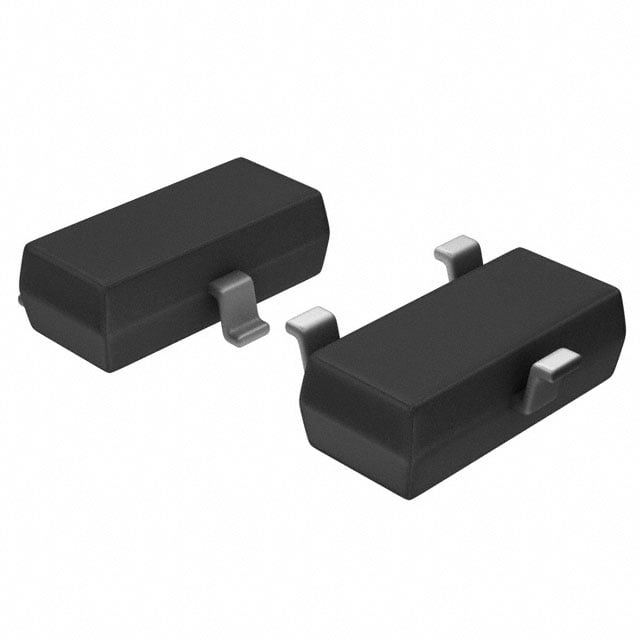SL353 Series, Switches (Solid State)
Results:
2
Filters
Applied Filters:
SL353
About Switches (Solid State)
The products included in this category employ advanced solid-state technology to detect the presence of a magnetic field above a specified threshold and/or polarity. They provide a two-state output that indicates whether or not a magnetic field is present. These devices are different from reed switches, which use mechanical parts to perform a similar function, as well as from linear or compass-type solid-state devices that offer a variable output indicative of the strength and/or orientation of a magnetic field. Solid-state magnetic field detectors offer a reliable and highly accurate means of detecting magnetic fields in a broad range of applications. They are often utilized in industrial environments where the presence or absence of a magnetic field needs to be determined quickly and without error. These devices are designed to operate with a wide variety of magnets, including both north and south poles. Compared to traditional reed switches, solid-state magnetic field detectors offer several advantages, including increased durability, longer service life, and higher precision. They are also less susceptible to mechanical wear and tear, making them ideal for use in harsh environments where mechanical stress may be a concern. Furthermore, these devices are different from linear or compass-type solid-state devices that provide a variable output proportional to the strength and/or orientation of an applied magnetic field. While these devices can offer precise measurements of magnetic fields, they are typically more complex and require additional processing to convert the measured signals into useful data. Overall, solid-state magnetic field detectors are a critical component in a wide range of industrial applications, offering reliable and accurate detection of magnetic fields in various settings. They are easy to install, highly durable, and offer a simple and straightforward means of detecting magnetic fields without the need for complex calculations or signal processing.

